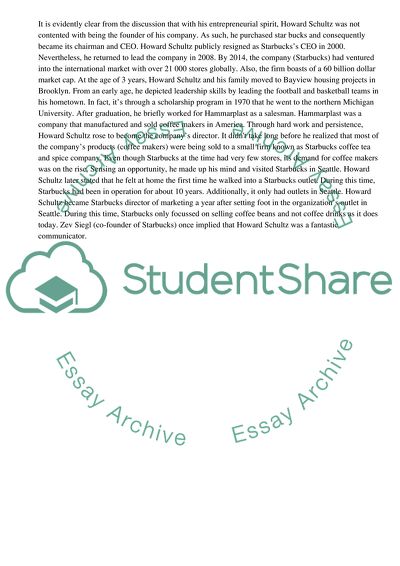Cite this document
(Howard Schultzs Entrepreneurial Journey Coursework, n.d.)
Howard Schultzs Entrepreneurial Journey Coursework. Retrieved from https://studentshare.org/business/1862790-marketing-entrepreneurship
Howard Schultzs Entrepreneurial Journey Coursework. Retrieved from https://studentshare.org/business/1862790-marketing-entrepreneurship
(Howard Schultzs Entrepreneurial Journey Coursework)
Howard Schultzs Entrepreneurial Journey Coursework. https://studentshare.org/business/1862790-marketing-entrepreneurship.
Howard Schultzs Entrepreneurial Journey Coursework. https://studentshare.org/business/1862790-marketing-entrepreneurship.
“Howard Schultzs Entrepreneurial Journey Coursework”, n.d. https://studentshare.org/business/1862790-marketing-entrepreneurship.


